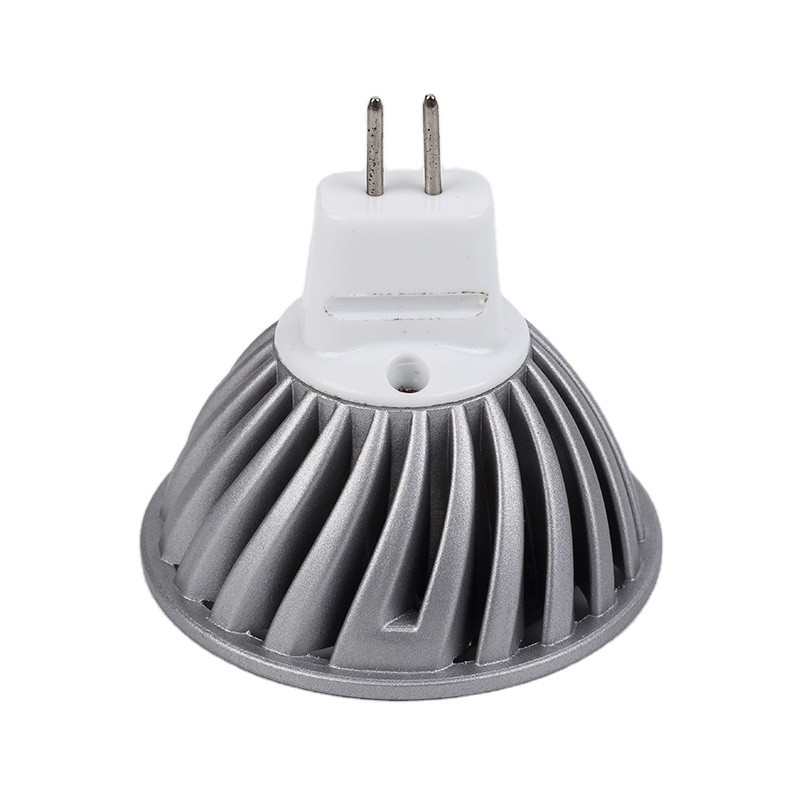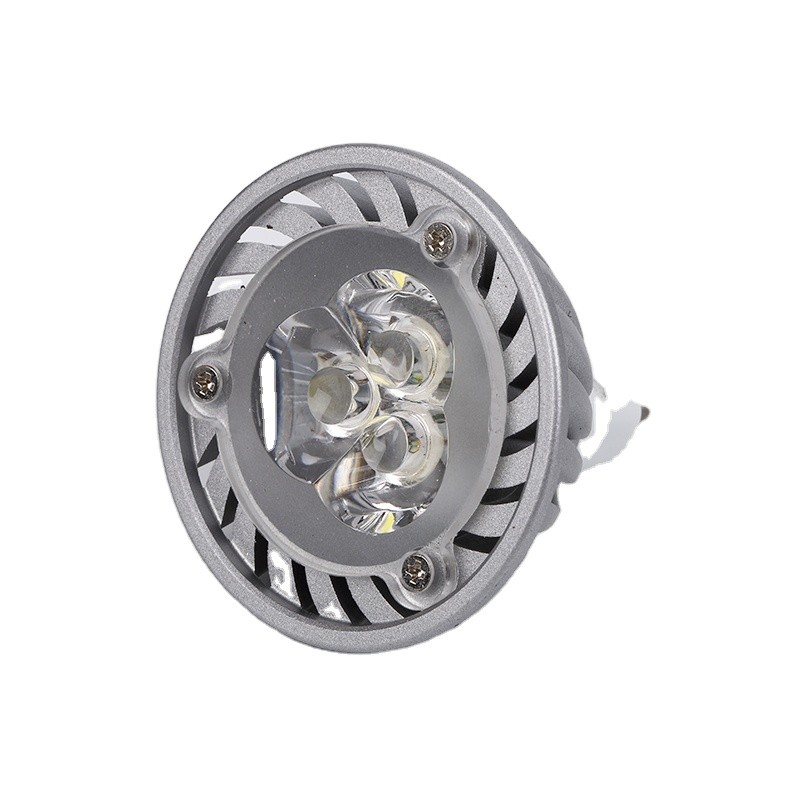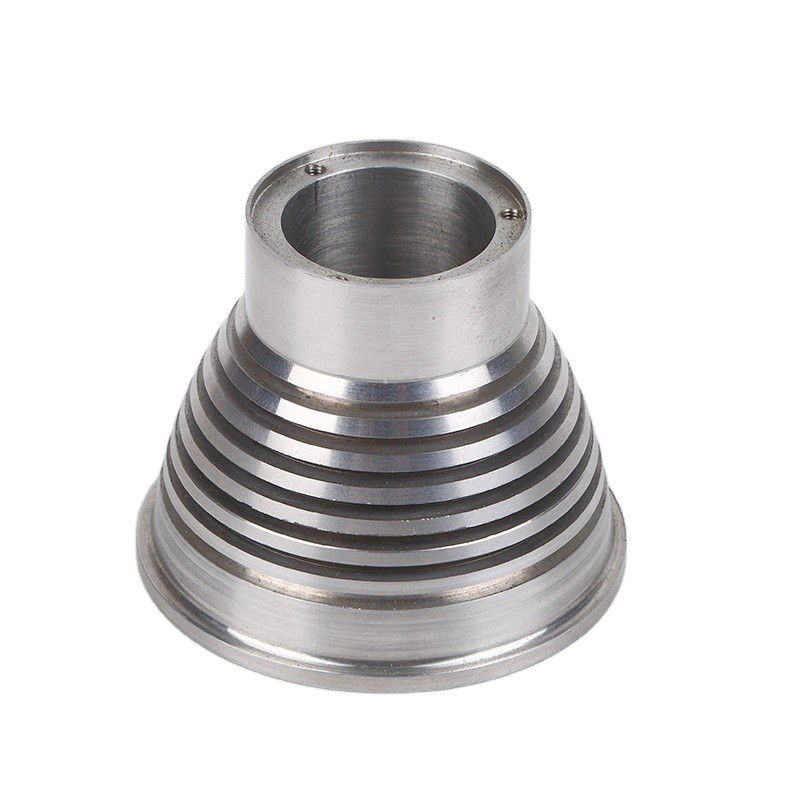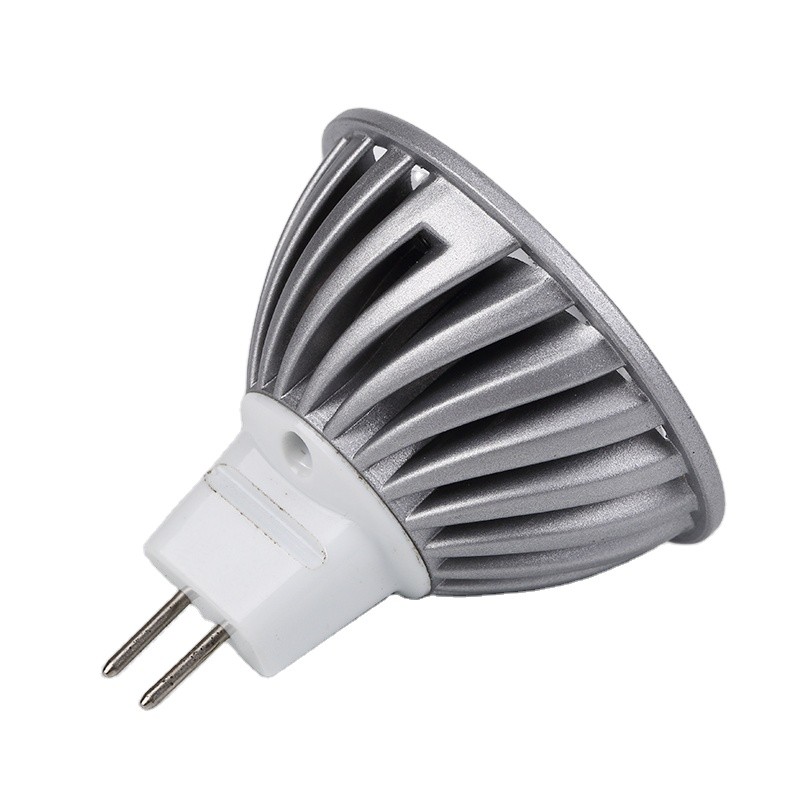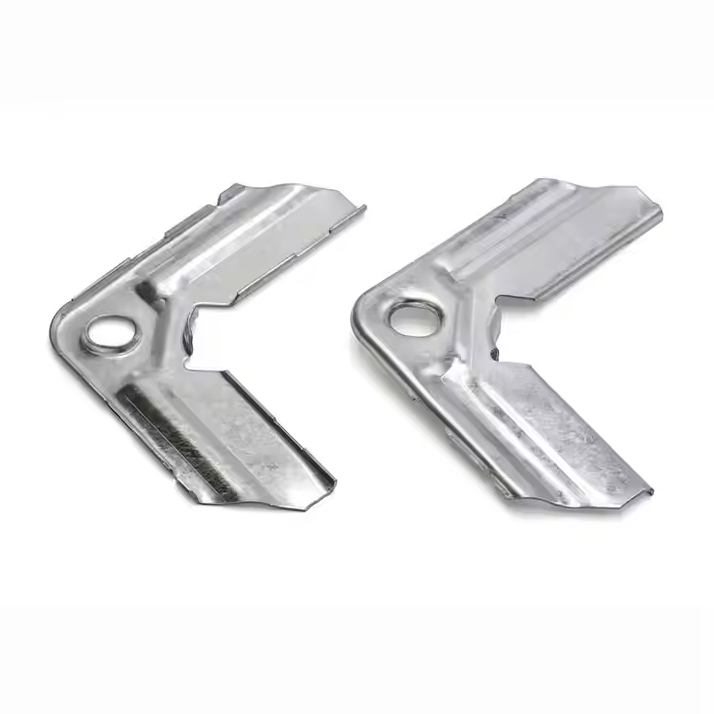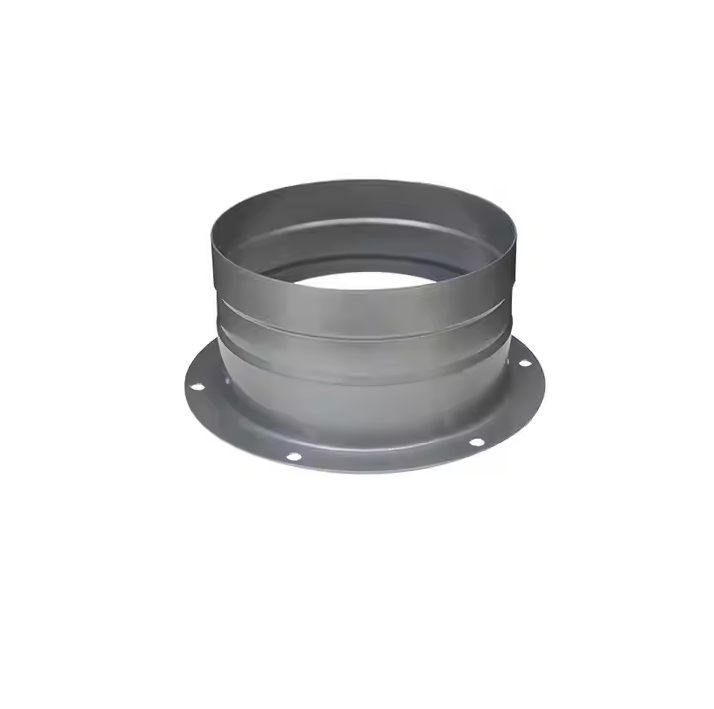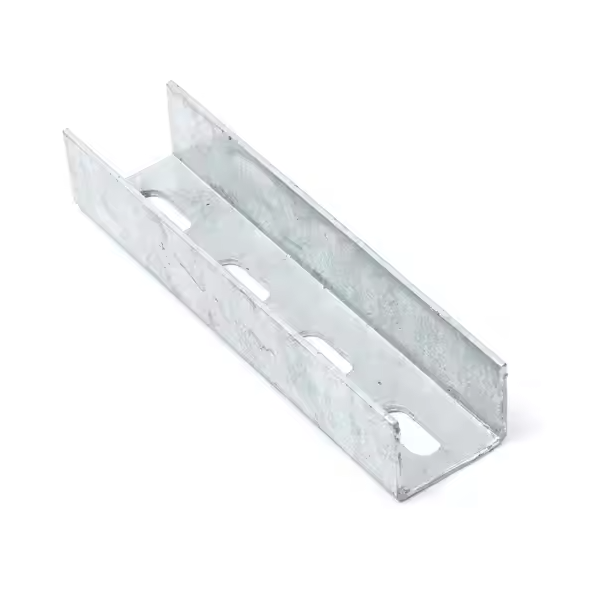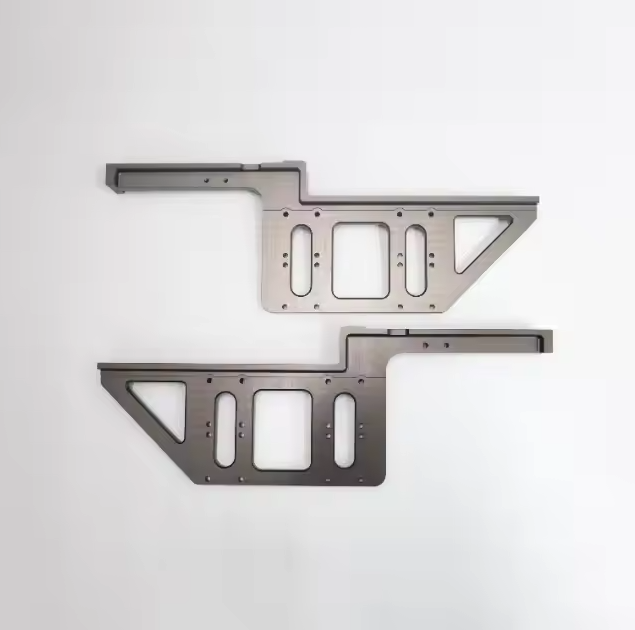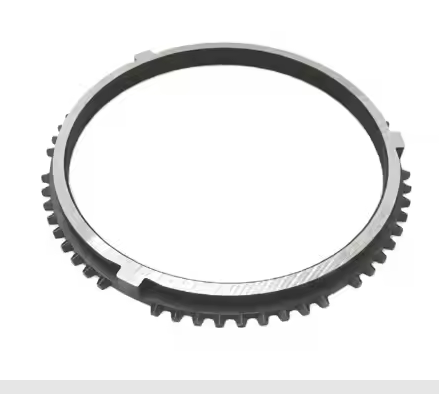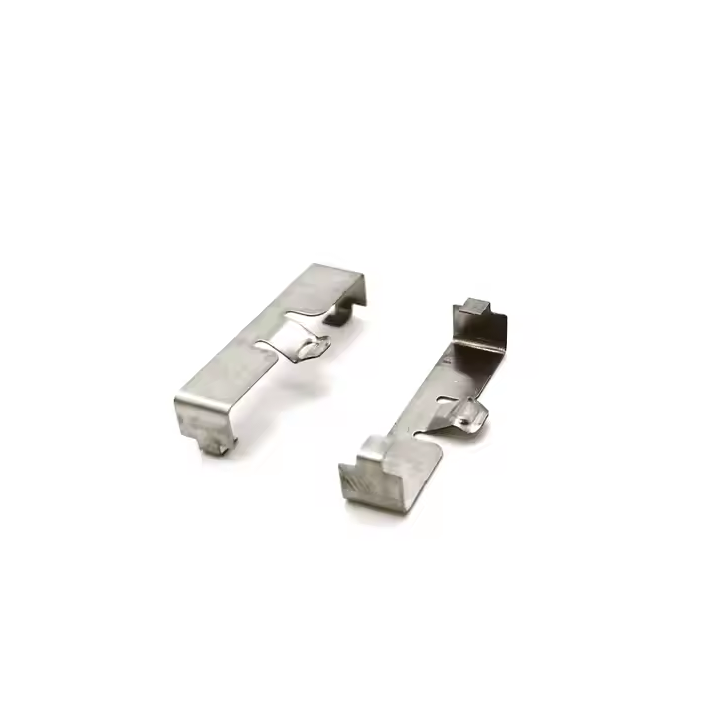Products
Aluminum die-cast lamp housing
Forming Material | Aluminum alloy, zinc alloy, stainless steel, magnesium alloy, copper alloy, plastic, nylon, etc. |
Forming Type | Support: gravity casting, high pressure casting |
Surface treatment | Polishing, powder coating, paint spraying, electronic spraying, sand blasting, shot blasting, anodizing, etc. |
Forming Process | H13、718H、3Cr2Mo、H13H、8Cr3、Cr12... |
Forming Thickness | Die casting/precision casting parts |
Capacity | 10 million pieces per month |
Service | Customization ,Product reverse design,mold design,mold manufacturing,die casting molding production ,complete solution |
Appliacation | Lighting components: lamp holder, lamp base, lampshade, reflector, bracket, connector, heat sink,etc. |
Keywords:
LED lampshade, die-cast lampshade, precision lamp housing, custom die-casting, metal die-casting, aluminum die-casting, copper die-casting, electrical switch die-casting, electrode plate die-casting, die-casting automotive parts, engine, cylinder head, motor end cover, die-casting housing, pump housing
Die Casting Process:
The die casting process involves several steps including mold design, metal preparation, injection, casting, and finishing.
Mold Design:The first step in the die casting process is to make the mold. This mold is usually made of steel or aluminum and is designed to withstand the high temperatures and pressures of the die casting process.
Mold design starts with developing a CAD design of the desired mold. This design is then processed through CNC machining to create the mold and further used in the casting process.
Metal Preparation:The next step is to prepare the metal for injection. This metal is usually an alloy such as aluminum, magnesium, or zinc. The metal is melted in a furnace and then poured into a ladle.
Injection Process:When the metal becomes liquid, it is injected into the mold under high pressure. The molten metal fills the mold cavity and cools to form the desired shape.
Casting Process:After the metal cools and hardens, the mold is opened and the part is removed. Make sure the part is completely cooled before handling to avoid any potential damage.
Finishing Process:The last step in the process is to finish the part. Surface finishing plays a vital role in die casting as it affects the durability and functionality of the part. Standard finishing processes include anodizing, powder coating, wet plating, etc.
Description:
Lamp accessories such as cast aluminum lampshades are a kind of electrical housing, whose function is to protect the internal light-emitting unit and other electronic components from damage by harmful external factors. In addition, cast aluminum lampshades also have the same protection requirements as electrical housings. However, in addition to the above functions, the lampshade should also give people an aesthetic feeling, which makes it slightly different from the electrical housing. In short, the design of lamp accessories such as lampshades should not only meet the practicality of the electrical housing, but also consider the aesthetics of the lamp.
Advantages of die casting:
First, high efficiency. Generally speaking, a cold chamber die casting machine can perform 600-700 die castings per 8 hours, and a hot chamber die casting machine can perform 3000-7000 die castings per 8 hours;
Die castings have high dimensional accuracy, stable and consistent dimensions, low processing costs, and easy assembly. The accuracy can reach IT11 to IT13, and some can reach IT9;
The casting structure is dense, with high strength and hardness;
The die casting method can save the assembly process and simplify the manufacturing process;
Although there are pores inside the casting, it generally meets the use requirements.
Material selection:
When selecting die-casting materials, it is necessary to comprehensively consider factors such as mechanical properties, physical properties, and corrosion resistance according to the specific requirements of the product.
Aluminum alloy materials, magnesium alloy materials, and zinc alloy materials are all commonly used materials for die castings, but different types of materials have different characteristics and should be selected according to specific circumstances.
Surface treatment:
The most common surface treatments for die castings are electroplating, powder coating, painting and anodizing. The choice of surface treatment for die castings depends on the desired function, performance and appearance of the finished product.
Processing Process:
Xuanmin has a strict process for producing high-quality molds, CNC machined parts and samples. The process involves several key stages, including programming, raw material selection, CNC machining, quality inspection, surface treatment, retesting, packaging and shipping. This multi-step approach ensures that the products meet strict quality standards throughout the production process. The company also emphasizes quality control from IQC to OQC, further demonstrating their commitment to producing reliable and affordable products.

Shippinig Optons:
Xuanmin offers a variety of shipping options through various carriers. These include major international shipping companies such as CMA CGM, DHL, FedEx, Maersk, APL, OOCL, UPS, TNT, Evergreen Line, MYANG MING and EMS. This means that we are able to efficiently deliver its products to customers around the world, ensuring timely and reliable shipping services.

Partner with Xuanmin for reliable, high-quality milled steel parts that improve the efficiency and performance of your projects. Contact us today to discuss your requirements and get a custom quote.
